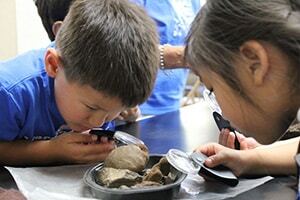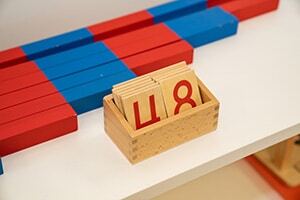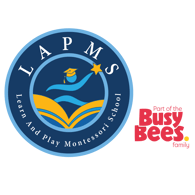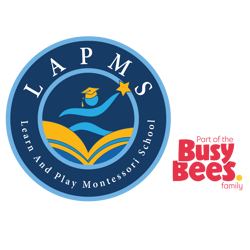
New Irvington Campus Photos and Status
Check out the Irvington Campus Facebook page for updated information on this new campus and campus photos. https://www.facebook.com/LearnAndPlayIrvingtonCa…

Irvington Campus – Almost There – Waiting On State To License The Center
We are almost there with opening our new Irvington Campus. We are now eagerly waiting to be licensed by State of California’s Child Care Licensing Departme…
Almost There – Opening Soon
We are almost there. We are now eagerly waiting to be licensed by State of California’s Child Care Licensing Department (CCLD). They have not given us a da…

New Irvington Fremont Campus Opening Soon – February 2015
The construction of our new State of the Art Irvington Fremont Campus is now complete. We are now waiting for our final approval to open this beautiful cam…
Special Viewing
We are very excited to inform you that construction is complete and we are in the final stages of preparation. Thank you all for your interest and your pat…
Play Structures completed!!
Our new state of the art Irvington Fremont Campus is scheduled to open in late January 2015. If you are interested please add your name to the interest lis…

Happy Holidays!
To Learn And Play Montessori School Family (Staff, Children and Parents); May your Holidays be filled with joy and good cheer and the New Year bring you pe…
Happy Holidays!
To Learn And Play Montessori School Family (Staff, Children and Parents); May your Holidays be filled with joy and good cheer and the New Year bring you pe…
Happy Holidays!
To Learn And Play Montessori School Family (Staff, Children and Parents); May your Holidays be filled with joy and good cheer and the New Year bring you pe…
Winter Concert – Wednesday, December. 17th
The holiday season is such a wonderful and joyous time. In honor of this special occasion the children of Learn and Play Montessori School will be performi…



